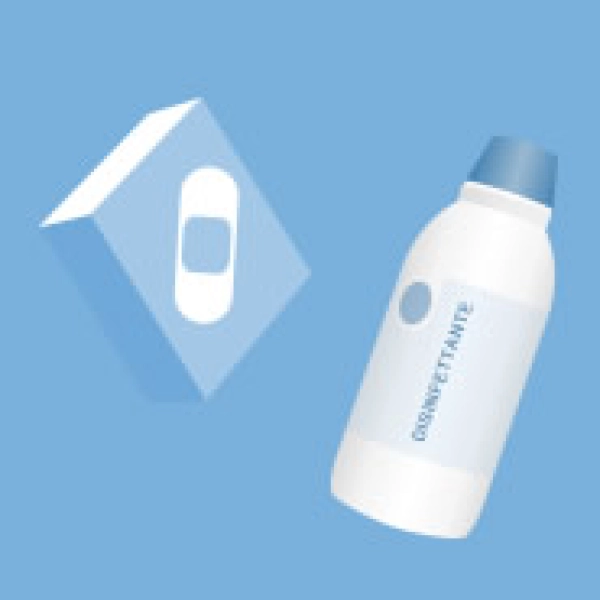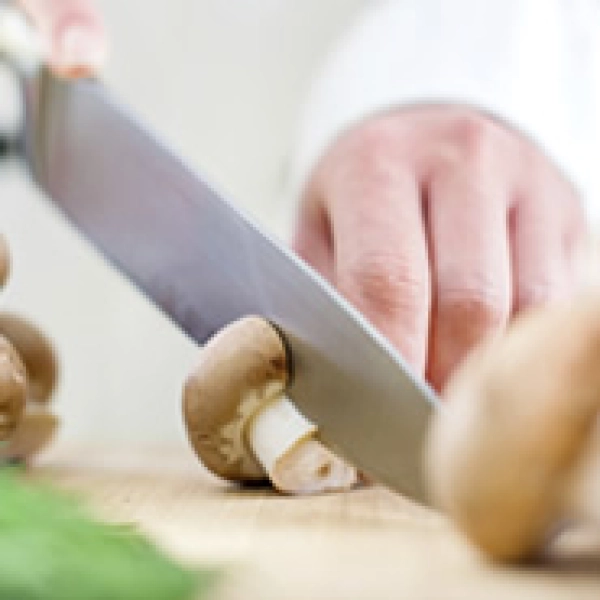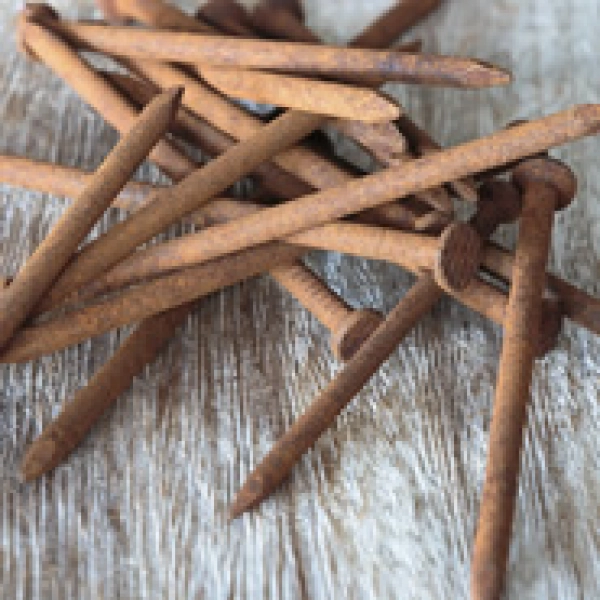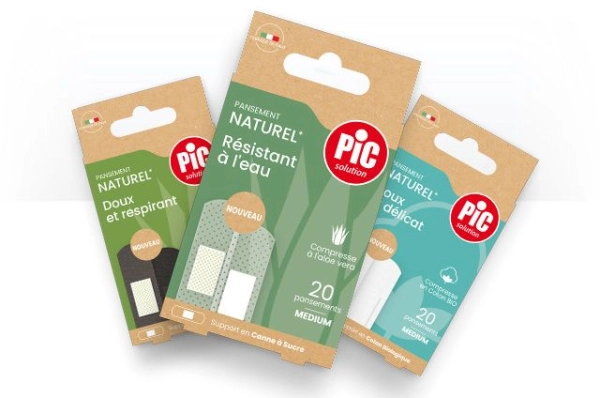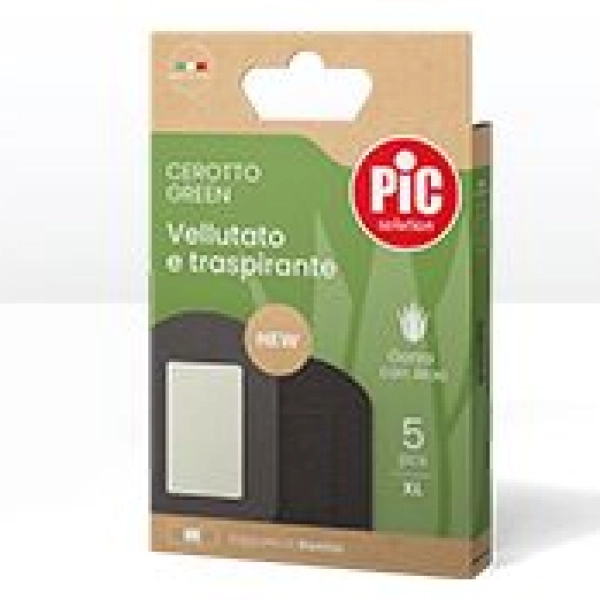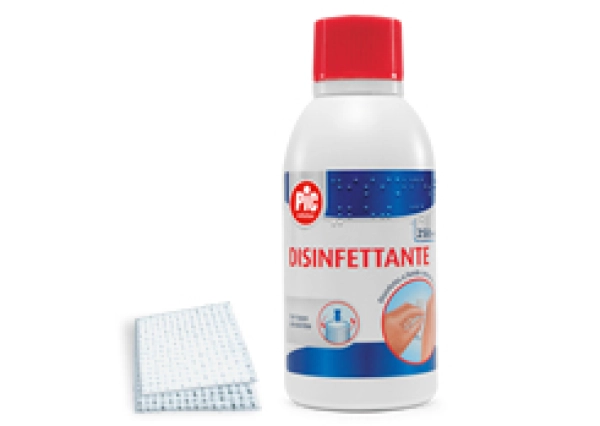

We often apply a plaster when we get a cut or scrape. It stops the bleeding and helps protect the wound from bacteria and contaminants that can cause infection. However, not all plasters are suitable for all types of wounds. If the skin is sensitive, a plaster with silicone-based adhesive is recommended because it facilitates removal, protecting the integrity of the skin; on the other hand, if you are at the beach or go swimming at the pool, a waterproof plaster is more suitable because it can protect you from water and bacteria for a long time. In addition, there are hydrocolloid plasters that contain an active gel designed to absorb fluids from the wound, creating and maintaining a moist environment and thus promoting healing.
Today we also have plasters made with natural-origin materials: a sustainable choice for the management of small wounds.
Suitable for every kind of skin, and especially for the most delicate.
Thanks to a selection of materials of natural origin suitable for our skin, these plasters are a valid alternative even for the most sensitive types. These products protect the skin and the wound by combining gentle adhesives, breathability and effectiveness.
Suitable for all dressings, even post-op.
Plasters made with materials of natural origin are suitable for all daily dressings, including wounds, cuts, abrasions and burns. In addition to products dedicated to more superficial lesions, natural-origin plasters are also available for post-operative use, designed to protect the skin in the moment of greatest vulnerability with an eye to the choice of materials.
Bamboo is one of the most commonly used natural-origin materials, followed by cotton and sugar cane: each one has its own specificities. Bamboo is breathable, soft, velvety to the touch and has antimicrobial properties; sugar cane is breathable and water resistant to allow for a perfect protective action on the affected part; finally, plasters made with organic cotton are soft and suitable for all skin types, especially the most sensitive.
In addition, some experiments are being conducted to create products using vegetable waste deriving from certain processes, such as those algae and cellulose go through.
